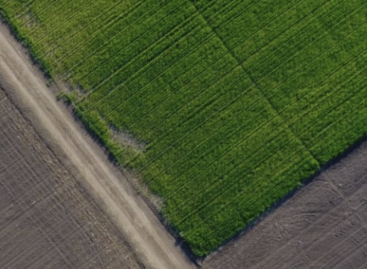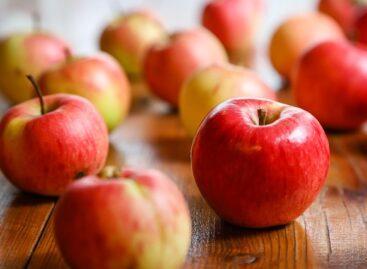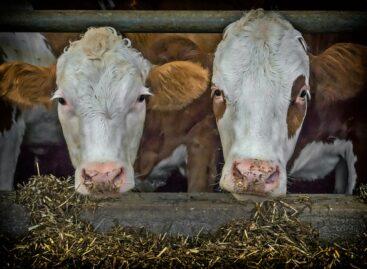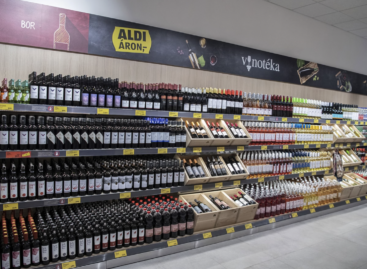The Ministry of Agriculture pays special attention to the preservation of the biological diversity of our country
The plants and animals used in agriculture, as key genetic resources, are the basis of our food production, said Minister of Agriculture István Nagy on his social media page.
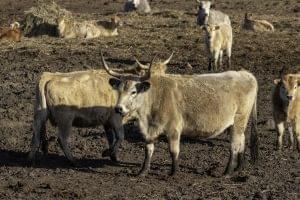
(Photo: Pixabay)
Biodiversity in agriculture is now as endangered as wildlife. However, the preservation of agrobiodiversity is essential for the society of the future to be able to provide adequate responses to climate change and the challenges of food crises. Hungary is in a fortunate position in the world, since a significant part of our animal and plant species that developed in the Carpathian Basin has been preserved.
In order to support the development of domestic gene conservation institutions and their programs, the Government of Hungary adopted a special strategy with more than HUF 12 billion in support
Within the framework of the Gene Preservation Strategy launched in 2019, many developments took place, among others, at the Tapiószeli Institute of the National Center for Biodiversity and Gene Preservation, whose collection is considered one of the largest gene banks in the world. The approximately 135,000 gene bank samples stored here and the properties preserved in them are the key to developing resistance to increasing drought and various diseases. In addition, the Gödöllő Institute for the Gene Preservation of Livestock Animals has renewed its ever-expanding DNA bank of farm animals, which preserves 11,200 gene bank items, where, in a unique way in Hungary, you can find the breeding materials of all native domestic poultry species and breeds, as well as the gene bank items of sheep, cattle, horses, rabbits and Hungarian dog breeds. too. The Gene Preservation Strategy aimed to implement such model programs as the rescue and preservation of the Carpathian badger cattle, the Muraköz type of the Hungarian cold-blooded horse, and the Hungarian wild ass. Targeted programs launched in the field of plant gene conservation include the maintenance of field and vegetable plants with the involvement of farmers, the preservation and examination of grapes and fruit-bearing plants, and the extension of the 10-year-old Fruit Grower Agreement.
The implementation of the Gene Preservation Strategy is a huge step forward in the preservation of our national treasures, which is our main interest, as this way we can reduce our vulnerability to foreign propagating materials and create the independence of Hungarian agriculture.
AM
Related news
Opportunity to purchase new land
🎧 Hallgasd a cikket: Lejátszás Szünet Folytatás Leállítás Nyelv: Auto…
Read more >Apples have become significantly more expensive in Hungary
🎧 Hallgasd a cikket: Lejátszás Szünet Folytatás Leállítás Nyelv: Auto…
Read more >Ministry of Agriculture: Cattle farmers to receive new targeted support
🎧 Hallgasd a cikket: Lejátszás Szünet Folytatás Leállítás Nyelv: Auto…
Read more >Related news
Bread and wine for 399 forints, mulled wine for 450 forints: ALDI opens its own downtown Christmas market
🎧 Hallgasd a cikket: Lejátszás Szünet Folytatás Leállítás Nyelv: Auto…
Read more >MBH Analysis Center: Hungarian tourism is soaring – further growth is expected in the hotel market
🎧 Hallgasd a cikket: Lejátszás Szünet Folytatás Leállítás Nyelv: Auto…
Read more >It’s really worth coming together: Lidl and its customers make Christmas more beautiful for 2,000 disadvantaged children
🎧 Hallgasd a cikket: Lejátszás Szünet Folytatás Leállítás Nyelv: Auto…
Read more >
